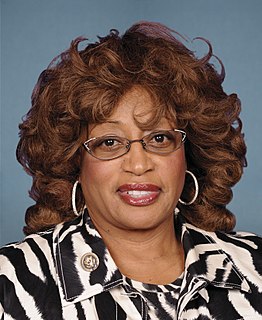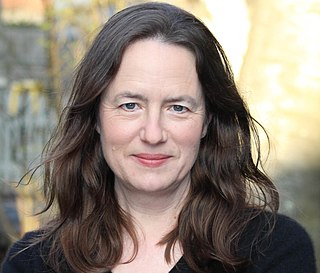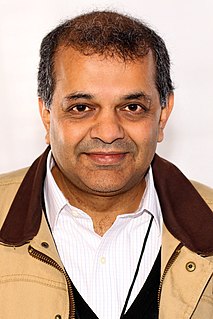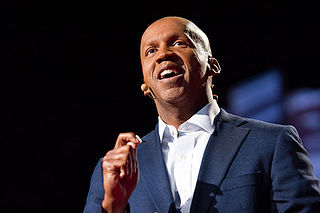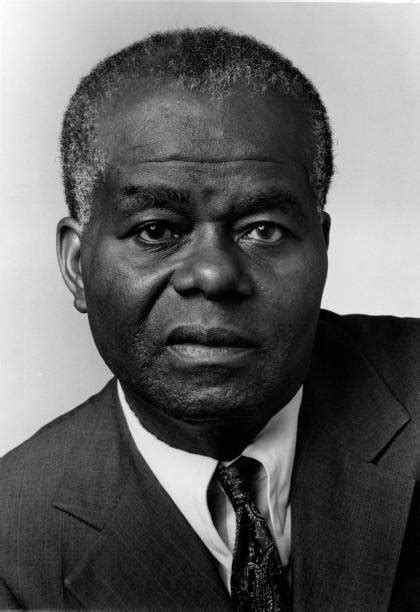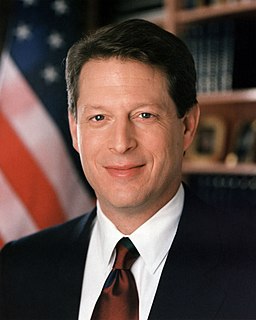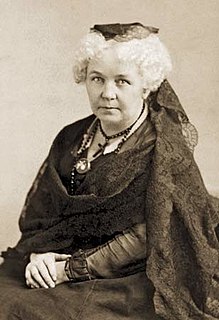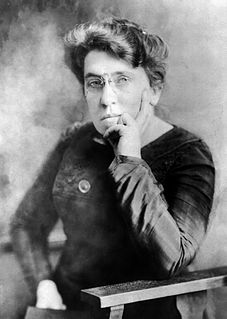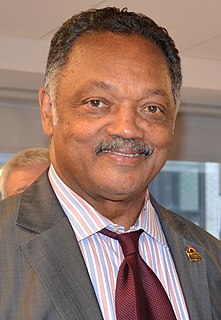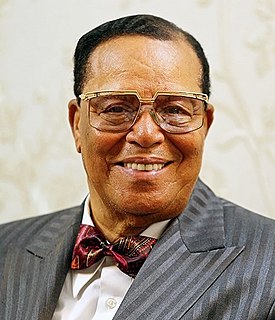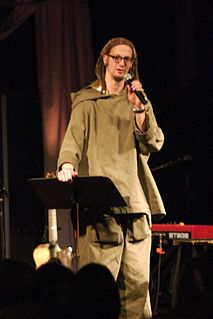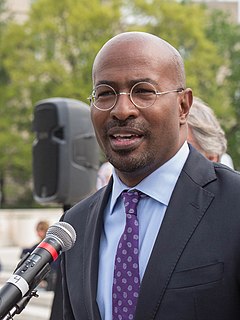A Quote by Ella Baker
My association with the Southern Christian Leadership Conference is sort of predated by an effort that we were a part of here in New York City regarding the reaction to this 1954 Supreme Court [Brown v Board of Education] decision.
Related Quotes
And at the moment of contact, they do not know if the hand that is reaching for theirs belongs to a Hindu or Muslim or Christian or Brahmin or untouchable or whether you were born in this city or arrived only this morning or whether you live in Malabar Hill or New York or Jogeshwari; whether you’re from Bombay or Mumbai or New York. All they know is that you’re trying to get to the city of gold, and that’s enough. Come on board, they say. We’ll adjust.
The hardest problems of all in law enforcement are those involving a conflict of law and local customs. History has recorded many occasions when the moral sense of a nation produced judicial decisions, such as the 1954 decision in Brown v. Board of Education, which required difficult local adjustments.
I don't know, except that the only simple answer, I think, is that SCLC [Southern Christian Leadership Conference] had never really developed an organizing technique. I've always characterized the difference in saying that they went in for mobilization. And, to be honest, in terms of the historical facts, their mobilization usually was predicated upon some effort at organizing by someone else. And, at this stage, it was largely SNCC.
I’ve chosen not to challenge the rule of law, because in our system there really is no intermediate step between a Supreme Court decision and violent revolution. When the Supreme Court makes a decision, no matter how strongly one disagrees with it, one faces a choice –are we, in John Adams’ phrase, a nation of laws, or is it a contest made on raw power?
The notion that the Supreme Court comes up with the ruling and that automatically subjects the two other branches to following it defies everything there is about the three equal branches of government. The Supreme Court is not the supreme branch. And for God's sake, it isn't the Supreme Being. It is the Supreme Court.

